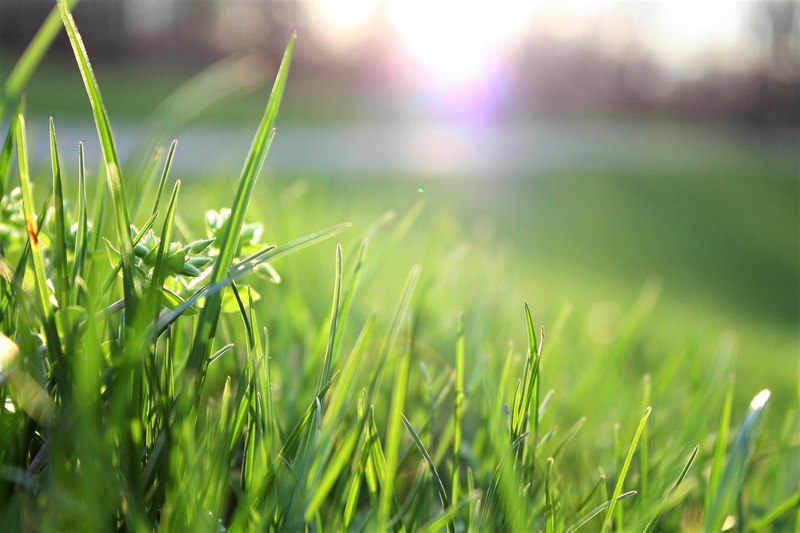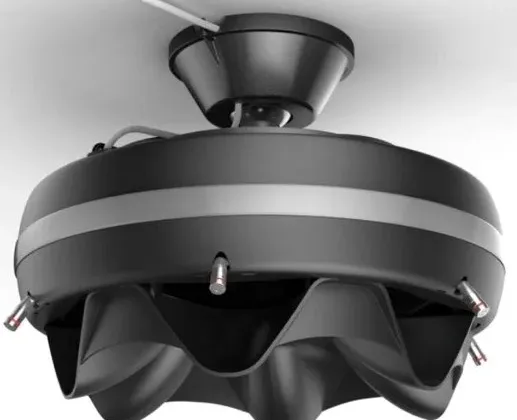Water is perhaps one of the most critical factors in the maintenance of your lawn. Its role as a carrier of nutrients ensures the grass’s good health.
But the task of watering your lawn is easier said than done. There’s the issue of how much is enough and when is the most optimal time to do it.

Common Questions about Watering Your Lawn
This article collates the most valuable information about this seemingly trivial yet commonly confused gardening task so your lawn mower can be the best in the block.
Read Also:
- 5 Important Factors That You Need to Consider When Choosing a Landscaping Company
- How to Make Your Grass Greener: Learn How to Maintain Healthy Grass With These Tips
- Best Seeding the Lawn Tips 101: Tips on Lawn Seeding for Beginners
- Guidelines for Applying Fertilizer and Grass Seed at the Same Time
- How to Build a Garden Fountain with a Flower Watering Can
- When is the Best Time to Water the Grass and Reasons Why
- Guide to Find the Best Lawn Mower for Organic Lawn Care
- The Many Merits of Mulching
How Do I Know If I Had Overwatered My Lawn?
When it comes to your lawn’s health, more is not better. In fact, too much water can actually be damaging to your grass than too little water.
There are obvious signs that you’ve overwatered your lawn such as standing in puddles of water after scheduled irrigation. But the long-term effects of overwatering are less evident.
Here are the most common signs of overwatering:
- The sudden boom of the weed population
- Presence of thatch patches or brown grass mats
- Presence of mushrooms and fungus
- Sudden and unexplainable presence of insects
- A spongy or squishy feeling to the surface of your lawn when you stand on it
What are the Long Term Effects of Overwatering?
If your lawn is persistent enough to withstand the assault of excess water, don’t go thinking that it won’t change or affect your grass in any way at all.
If you keep overwatering your lawn, some nasty long-term effects are bound to happen.
One of the worst things that can occur as a result of overwatering is for your grass to develop a shallow root system.
Because the grass has been used to having water available near the surface, it doesn’t have to develop longer roots to reach it. This weakens the grass’s defense against drought and freezing.
How Can I Prevent Overwatering?
If rain is abundant in your area for certain periods of the year, avoid watering your lawn at least a week after consecutive rainy spells.
This gives the grass a substantial amount of time to use up all that water for themselves without inviting unnecessary competition.
If you have an automatic sprinkler system at work, make sure you turn it off to avoid puddling water. It’s also recommended to check it regularly to ensure that it is adequately covering the entirety of your lawn and not only small parts of it.
How Much Water is Enough?
As a rule of thumb, your lawn needs approximately one to one and a half inches of water on a weekly basis, throughout the year, including the winter season.
Opt for two to three deep watering sessions per week instead of daily and choose to do so as early in the morning as possible.
A good test to see if you’ve watered your lawn well is to push a six-inch screwdriver into it. If it doesn’t puncture properly, you’re probably not doing it enough.
If you start to see water running down the street even before you reach the half-inch mark, stop watering and let the water soak in before resuming.
What About Not Watering Enough?
Although a one-inch rule is a standard for most grass cultivars, your lawn’s water requirement can fluctuate throughout the year, especially during hotter months.
Certain cultivars nowadays like fescues and ryegrasses, however, may be more equipped to handle stressful periods of drought.
When there’s a drought or when there happens to be a water shortage in your area, the most ideal solution is deep, infrequent watering to maintain your grass’s health and avoid drought stress.
Otherwise, you can let it go dormant (when the grass turns brown) and only choose to water occasionally in order to help it survive.
When is the Best Time to Water My Lawn?
Watering your lawn at the right time and schedule is one of the most crucial aspects of lawn care that has a significant impact on its overall health. For instance, watering at night sets up the perfect condition for fungal growth.
So what’s the most optimal time that achieves healthy, green lawns?
Experts advise doing your watering as early in the morning as possible, preferably before 10 am.
Cooler temperatures and calmer winds are perfect conditions that help the grass absorb moisture in the soil before it’s lost in the evaporation process.
If you really need to water in the afternoon, do it around 4 pm to 6 pm. This gives the grass time to dry before nightfall.
The Takeaway
Too much or too little water can have drastic effects on the health of your lawn. Keeping the water level at a balance will help protect it from drought, weeds, insects, and other diseases that can be terribly damaging to its fitness.
So, if you’re busy and can’t dedicate so much time to manually attending to the task, it’s recommended to make use of an automatic sprinkler system that you can schedule and control.
Hunter sprinklers, for example, are designed to meet specific standards of irrigation requirements.
This will not only ensure that you won’t miss the task but also save you money while keeping your lawn beautiful and healthy.










